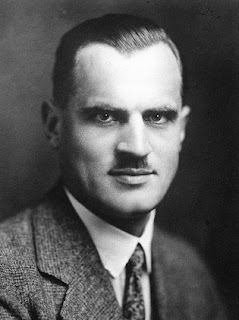What Is The Compton Effect?
The Compton Effect is merely a consequence of a collision between a high energy photon and a target (matter), generally an electron. As a result of this collision, there is a reduction in the energy of the photon. Or I can say that the wavelength of the scattered photon is increased. This phenomenon is also known as Compton scattering.
 |
| Schematic Diagram of Compton’s Experiment Credit: Wikimedia Commons |
See also, Top 6 Different Types of Energy with Their Examples (All New)
Who Discovered Compton Effect?
 |
| Credit: Wikimedia Commons |
As the name suggests, this effect was discovered by an American physicist named Arthur Holly Compton (September 10, 1892 – March 15, 1962) at Washington University in 1923.
Significance Of Compton Effect
According to the classical view of Compton Scattering or Classical Wave Theory, Electromagnetic Radiation scattered by charged particles cannot explain any type of shift in wavelength or frequency. Compton effect demonstrated that light cannot be explained purely as a wave phenomenon. In simple terms, the Compton Effect shows the particle nature of light.
 |
| Credit: hyperphysics.phy-astr.gsu.edu |
Compton Scattering not only confirmed the law of conservation of energy which was verified by Photoelectric Effect but also explained the law of conservation of Linear Momentum. Although, it was Max Planck and Albert Einstein who hypothesized that light could behave as both a wave or particle (Dual Nature). But, it was Arthur Compton who proved that this was possible.
See also, Failure Of Classical Physics